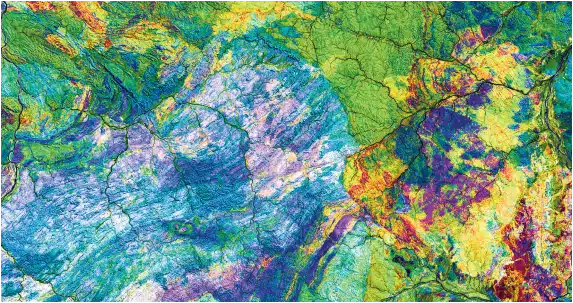After nearly a decade of deterioration during the ‘War on Terror,’ the Philippines took significant steps to reverse its human rights crisis under the leadership of President Benigno Aquino III and U.S. President Barack Obama. This period, from 2010 to 2016, saw a new convergence of interests focused on good governance and human rights, leading to key reforms and a substantial decrease in state-sponsored violence. The increase in U.S. bilateral aid during this time, paradoxically, coincided with this improvement.
Table of Contents
🔄 A Shift Away from Counter-Terrorism
The ascendancy of Obama and Aquino marked a clear departure from their predecessors’ counter-terror agendas. The Obama administration reoriented U.S. foreign policy in Asia away from a singular focus on terrorism toward a broader range of issues, including the ‘rise of China’, maritime security, and the promotion of human rights. The Aquino administration, which came to power on an anti-corruption platform, actively framed poverty and government corruption—not terrorism—as the nation’s most urgent security threats.
📜 The Impact of New Human Rights Laws and Reforms
This new policy convergence led to concrete domestic reforms. In 2012, Aquino signed the landmark Anti-Enforced Disappearance Act, the first of its kind in Asia, which imposed life sentences for perpetrators of enforced disappearances. The law also crucially prohibited the military’s use of an ‘order of battle’ to target civilians. U.S. aid was reoriented to support these reforms, with a significant portion coming from the Millennium Challenge Corporation (MCC), a grant that required recipient countries to perform well on indicators of good governance and human rights. This funding was used for projects on anti-corruption, tax collection, and rural development.
🕊️ Lingering Problems of Impunity
Despite these significant improvements, residual abuses persisted. The annual rate of extrajudicial killings under Aquino, while far lower than under Arroyo, was still higher than in the 1990s. These violations were largely attributed to the enduring culture of impunity within a corrupt judiciary and state security apparatus. Many high-ranking military officials implicated in past abuses remained unprosecuted, and some state agents continued to be contracted by private interests, such as mining companies, to harass activists. This demonstrated that while a pro-human-rights agenda at the top was crucial, deep-seated institutional problems remained a significant challenge.
—
Regilme, Salvador Santino F., Jr. Aid Imperium: United States Foreign Policy and Human Rights in Post-Cold War Southeast Asia. University of Michigan Press, 2021.
More Topics
- What is the ‘Aid Imperium’ in U.S. Foreign Policy?
- How a Culture of Impunity Fuels Human Rights Abuses
- What is ‘Strategic Localization’ and How Does It Work in Foreign Aid?
- How Thailand’s 1990s ‘Human Rights Renaissance’ Happened
- How Thaksin’s ‘War on Drugs’ Devastated Human Rights in Thailand
- How ‘Interest Convergence’ Shapes Foreign Aid’s Impact on Human Rights
- How the Philippines Achieved a Human Rights Renaissance in the 1990s

